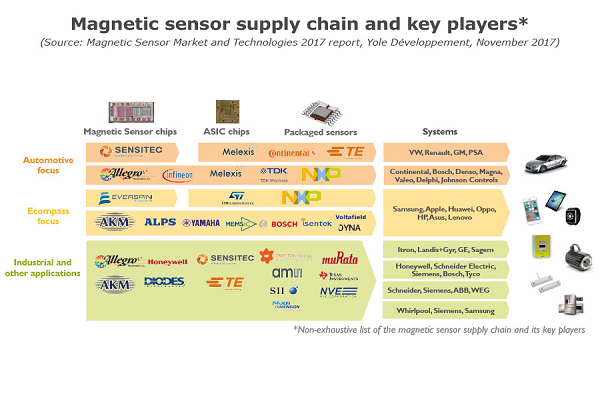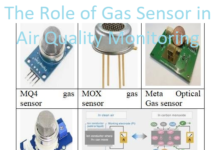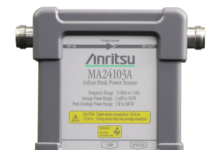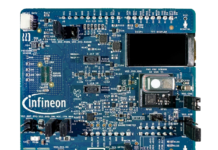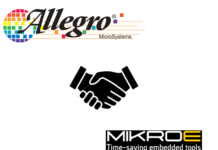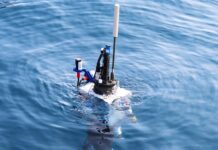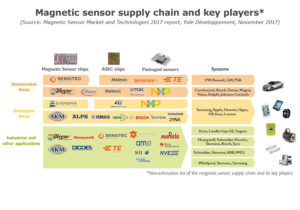
Magnetic sensors have been historically dominated by Hall-effect technology. However, this situation has evolved over time, with increasing penetration of xMR technologies, namely AMR, GMR, and more recently TMR. As a consequence, various supply chains and business opportunities are today possible depending on the maturity of the technologies and integration approaches… Yole Développement (Yole), announces a magnetic sensor market pushed by innovative technologies, with an impressive 7% CAGR between 2016 and 2022.
Magnetic sensors are used for a wide variety of functions: compass, angle sensing, position sensing, current sensing, switching. Thus, magnetic sensors are used in a myriad of applications where there is a need to convert remotely a motion into a signal, to provide information and intelligence to unanimated objects. Therefore, magnetic sensors are especially popular for automotive and internet of things applications.
Under this magnetic sensors market, Hall Effect technology is and will remain the dominant solution, showing an impressive 71% market share in 2016. Most of the current switches and sensors are using such technology. This technology is robust and very cost effective, explains Yole’s Senior Technology & Market Analyst, Yann de Charentenay. However the consulting company highlights a slow decrease of this figure until 2022, due to growing competition from xMR technologies.
xMR solutions have significant presence in compass, position and speed sensing thanks to a better sensitivity. According to Yole, this adoption will further increase in the coming years with arrival of TMR technology.
As part of the xMR solutions, the AMR approach will increase its market share especially in eCompass and automotive segments thanks to high angle sensor sensitivity and low cost. In the consumer ecompass market, new entrants such as Memsic, Isentek, Voltafield and QTC are gaining significant market share thanks to aggressive pricing and clearly help the adoption of this technology. In parallel, GMR technology will lose market shares due to eCompass decline following Yamaha withdrawal.
TMR is showing the fastest growth. Therefore, the segment should more than double to reach 5% in 2022. The rapid TMR adoption for numerous automotive, industrial and consumer IoT applications, is driven by high sensitivity and low power consumption of this technology.
TDK was one of the first players to adopt TMR technology, specifically in the automotive market. The company developed a solution dedicated to angle sensing in steering systems.
Yole proposes a comprehensive overview of the magnetic sensor market and related technologies: Magnetic Sensor Market & Technologies report. This analysis reveals the applications, the sensor functions and key requirements. In addition to key market metrics and dynamics, the consulting company provides key technical insight into future technology trends and challenges.
How will the magnetic sensor market evolve? Who are the magnetic sensor players and what is their market and technological position? What will the TMR technology market share be in 5 years? … Yole’s analysts propose today a deep understanding of the magnetic sensor industry.



